Maintain growth rate
Seafood exports in the first months of 2025 maintained a steady growth momentum. According to the Vietnam Association of Seafood Exporters and Producers (VASEP), in the first 4 months of 2025, seafood exports recorded good growth, reaching a turnover of 3.3 billion USD, up 21% over the same period in 2024.
Growth momentum came from many key commodity groups such as shrimp, pangasius and molluscs. Of which, shrimp recorded an impressive recovery of 1.27 billion USD, up 30% thanks to the recovery in prices and increased demand in some countries such as China, Japan and the European Union (EU).
Compared to the same period in 2024, in terms of consumption markets, China and Hong Kong (China) are the largest destinations for Vietnamese seafood, reaching nearly 710 million USD, up 56% - the highest increase among the large market group. Japan ranked second with more than 536 million USD, up 22% due to stable demand and advantages from value-added products.
At the same time, the US imported 498 million USD worth of seafood from Vietnam, up 7% and ranked third. Other markets such as the EU and South Korea also recorded increases of 17% and 15%, respectively, with turnover of 351.5 million USD and 264.1 million USD in the first 4 months of the year.
The US has always been an important import market for Vietnamese seafood in recent years. Seafood export turnover to the US in the past 6 years has fluctuated from 1.5 to 2.1 billion USD/year. In 2024, seafood exports to this market will reach 1.8 billion USD, accounting for about 20% of the total seafood export value, of which shrimp and pangasius are the main products.
To maintain growth momentum in the context of potential tax risks, Vietnamese enterprises have proactively adjusted their strategies, promoted delivery, and actively optimized production, expanding to other markets such as the EU, Japan, Korea, the Middle East, etc.
Proactively overcome "big waves"
Referring to the shift and diversification of markets, Chairman of the Board of Directors of Sao Ta Food Joint Stock Company Ho Quoc Luc said that to expand the export market, the company has prepared from afar, so this year it can approach new markets such as Canada, Australia, Korea and Japan. China is also a potential market that the company is monitoring, ready to penetrate when conditions are met.
Minh Phu Seafood Corporation General Director Le Van Quang said that the company is planning to invest in building a new shrimp processing factory for export in Ca Mau to meet the demand of the international market, focusing on the Japanese market. Currently, Japan is Minh Phu's largest market, followed by Australia, New Zealand, the EU and the US.
According to economic experts, during a period when the world situation is volatile and domestic exports need to expand their potential markets, the door to exporting seafood to Russia, Brazil and the EU is opening with many advantages.
The Brazilian Ministry of Agriculture and Livestock (MAPA) has just announced the lifting of the suspension of tilapia imports from Vietnam, which will be applied from the beginning of 2024. Opening the strategic Brazilian market for pangasius products and being able to re-export tilapia products will bring many opportunities for seafood exporting enterprises.
In Russia, tuna exports to this market reached nearly 45 million USD in 2024, a 5-fold increase compared to 2020, reaching the highest level in the past 10 years. In the first quarter of 2025 alone, tuna exports to Russia reached more than 10 million USD, an increase of 15% over the same period in 2024. The first quarter of 2025 also witnessed a strong return of Vietnamese shrimp to the EU market with stable growth in volume, price and product segment.
In the first quarter, shrimp exports to the EU reached more than 107 million USD, up 33% over the same period in 2024, in which most major markets recorded double-digit growth, such as Germany and France up nearly 40%, Belgium up nearly 60%. The EU is not only a potential market, but also possesses a diverse consumer ecosystem, from popular to high-end. These are good opportunities for Vietnamese businesses to diversify their markets.
To stabilize the psychology of people and businesses, Director of the Department of Fisheries and Fisheries Control Tran Dinh Luan said that the unit has requested the Departments of Agriculture and Environment of coastal provinces and cities and inland provinces and cities in the Mekong Delta to strengthen the direction of aquaculture production. People and aquaculture businesses need to avoid fear leading to massive harvesting of aquaculture products or limiting production and breeding, affecting the production plan and growth target of the industry.
Although shrimp and pangasius bring high economic value, over-focusing on these two subjects makes the seafood industry vulnerable to market fluctuations and disease risks.
Director Tran Dinh Luan said that to achieve the growth target of 4.35% in 2025, the aquaculture industry needs to quickly diversify into new farming species with competitive potential, such as tilapia, eel, molluscs, seaweed, abalone or sea cucumber. These are species that have high economic value and are suitable for natural conditions in many regions, helping to effectively exploit water surface areas and reduce pressure on natural resources.
According to the Vietnam Fisheries Development Strategy to 2030, vision to 2045, tilapia is identified as a potential farming species, along with shrimp and pangasius. The target by 2030 is to produce 400,000 tons of tilapia, becoming the second largest freshwater fish export after pangasius, contributing to product diversification and reducing dependence on a few key commodities.
The aquaculture industry aims to expand tilapia farming not only in ponds but also in reservoirs. In the second quarter, the Department of Fisheries and Fisheries Surveillance will coordinate with relevant units to develop improved farming models, reduce feed conversion ratio, increase survival rate and optimize production costs.
To create new momentum for the aquaculture industry, the Ministry of Agriculture and Environment has proposed a number of key solutions, such as focusing on investing in intensive, super-intensive, recirculating and energy-saving farming technology to help improve productivity and quality; at the same time, replicating organic and ecological farming models. Applying artificial intelligence in disease prevention and treatment and e-commerce trading platforms for aquatic products are also potential directions.
Currently, Ca Mau and Ben Tre are the leading localities in applying high technology and sustainable aquaculture. According to the People's Committee of Ben Tre province, the province is accelerating to complete the Plan to develop 4,000 hectares (2021-2025) of brackish water shrimp farming using high technology in the second quarter, with an output of 144 thousand tons; at the same time, mobilizing the development of at least 100 more hectares of high-tech marine shrimp farming in 2025.
Meanwhile, Vice Chairman of Ca Mau Provincial People's Committee Le Van Su said that the locality has about 280,000 hectares of shrimp farming, mainly shrimp-forest and shrimp-rice models, which are environmentally friendly. The province is also a pioneer in developing ecological shrimp and organic shrimp with tens of thousands of hectares certified by international organizations. Ca Mau's ecological shrimp products have established a foothold in many large markets, bringing high added value.
Global trade fluctuations pose challenges, but also open up many new opportunities for the Vietnamese seafood industry. Taking advantage of these opportunities is the key for the seafood industry to transform and realize the goal of achieving an export turnover of 11 billion USD in 2025.
Source: https://baoninhthuan.com.vn/news/153052p1c25/nganh-thuy-san-thich-ung-bien-dong-thuong-mai-toan-cau.htm



![[Photo] Scientific workshop "Building a socialist model associated with socialist people in Hai Phong city in the period of 2025-2030 and the following years"](https://vphoto.vietnam.vn/thumb/1200x675/vietnam/resource/IMAGE/2025/5/21/5098e06c813243b1bf5670f9dc20ad0a)
![[Photo] Prime Minister Pham Minh Chinh receives Rabbi Yoav Ben Tzur, Israeli Minister of Labor](https://vphoto.vietnam.vn/thumb/1200x675/vietnam/resource/IMAGE/2025/5/21/511bf6664512413ca5a275cbf3fb2f65)


![[Photo] Determining the pairs in the team semi-finals of the National Table Tennis Championship of Nhan Dan Newspaper](https://vphoto.vietnam.vn/thumb/1200x675/vietnam/resource/IMAGE/2025/5/21/eacbf7ae6a59497e9ae5da8e63d227bf)
![[Photo] Prime Minister Pham Minh Chinh attends the groundbreaking ceremony of Trump International Hung Yen Project](https://vphoto.vietnam.vn/thumb/1200x675/vietnam/resource/IMAGE/2025/5/21/ca84b87a74da4cddb2992a86966284cf)
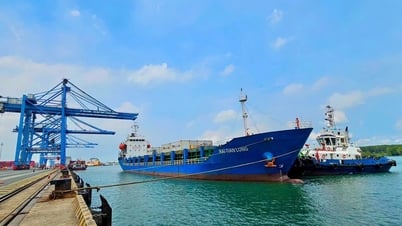





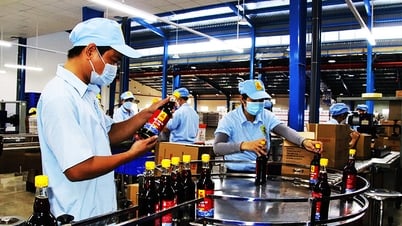

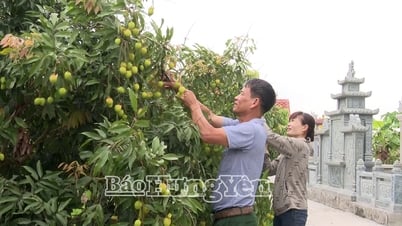







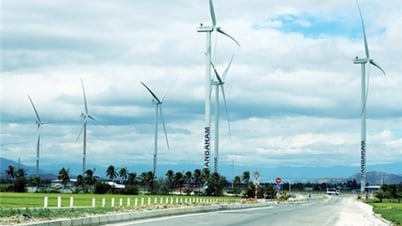
























































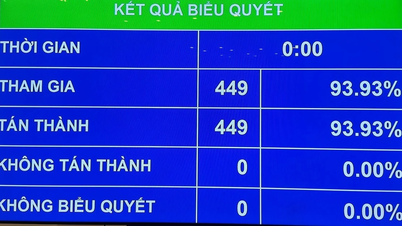













Comment (0)